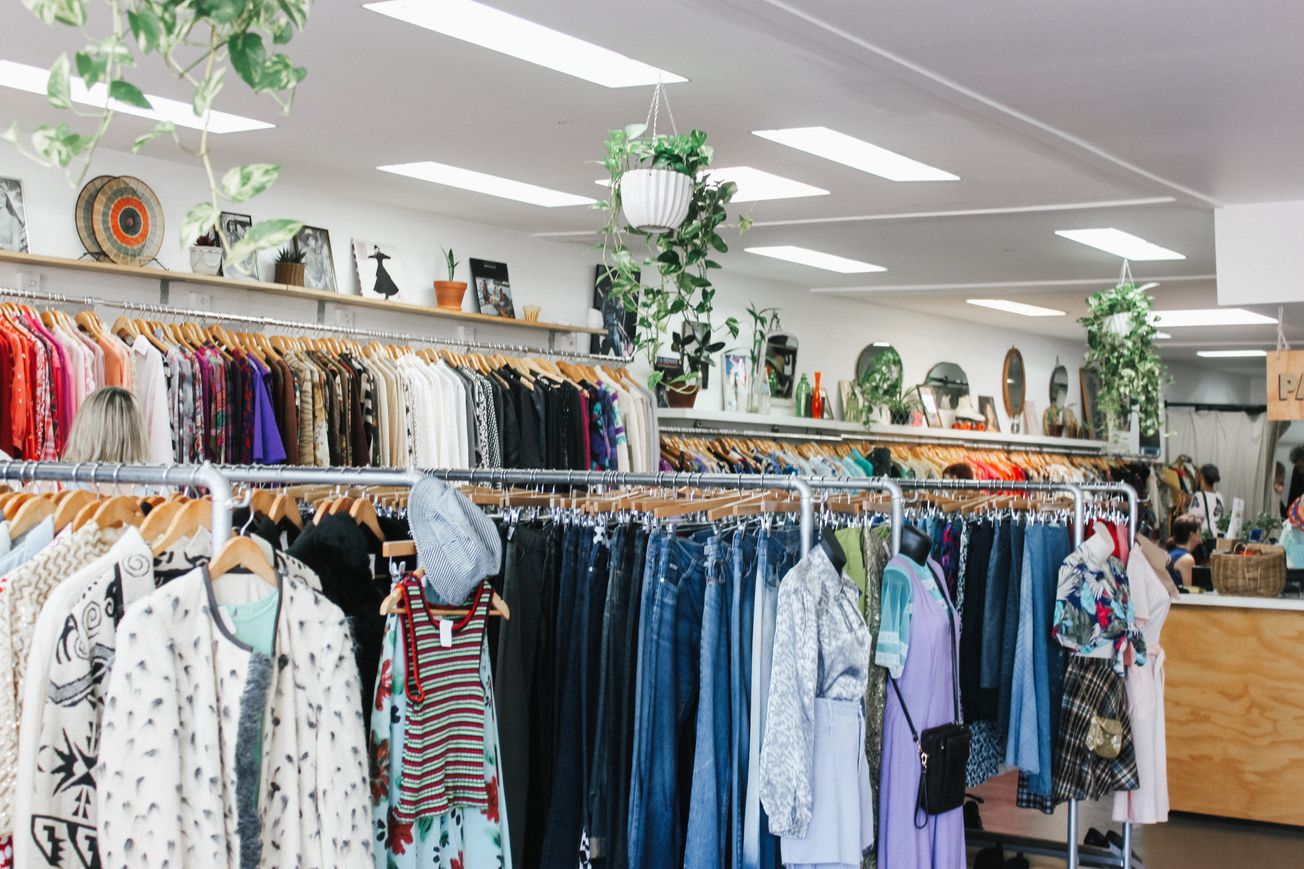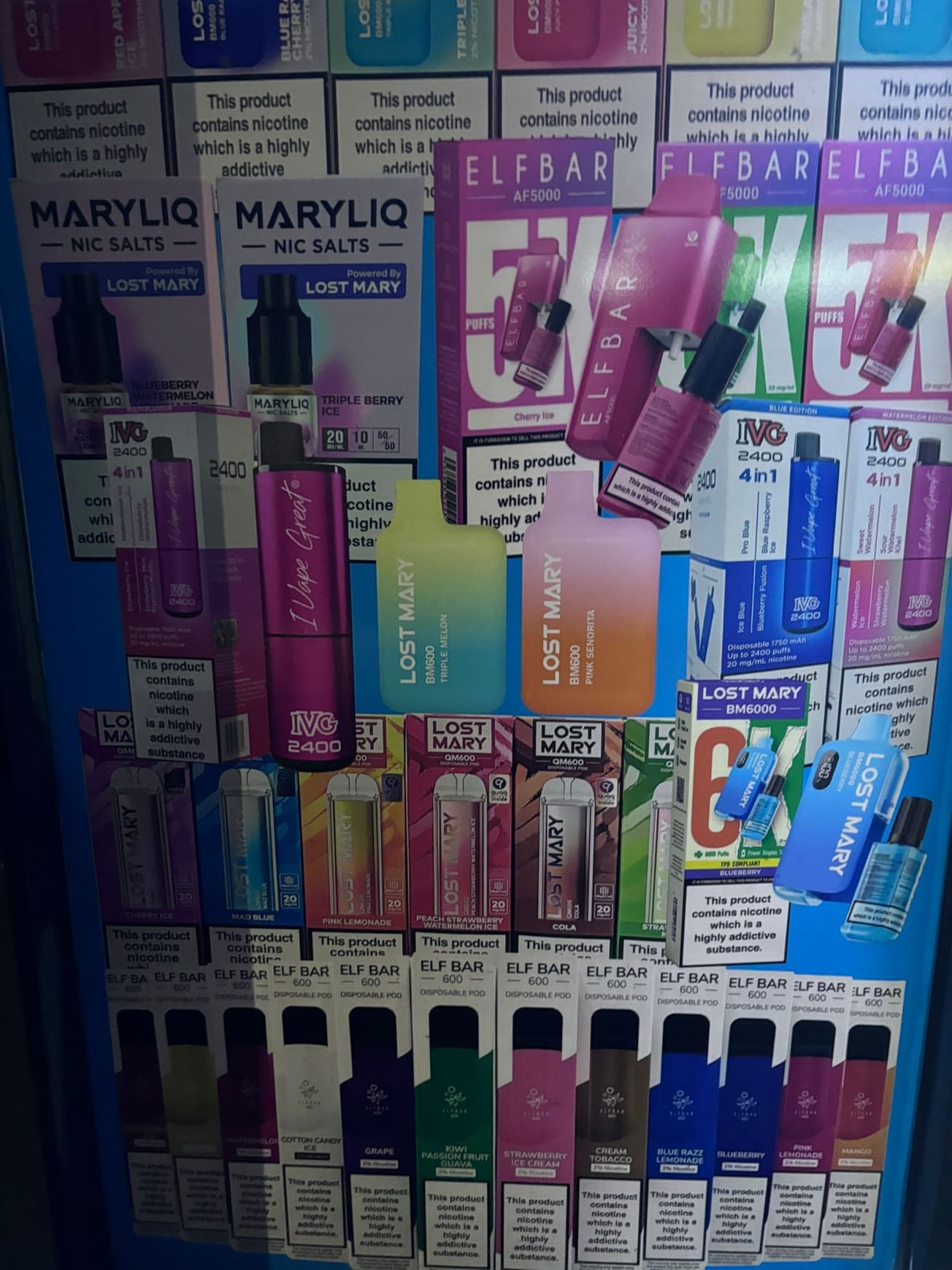By Laura Hartig, Second Year, English Literature
As the environment descends into a geographical and global collapse, the fast fashion industry has fronted the blame for global ecological devastation. So, it is no surprise that Gen-Z have started to turn their backs on the world of fast fashion, in favour of the second-hand clothes market, with many even seeing the growth in demand for vintage and thrifted clothes as a potential business venture. But there are growing questions on the ethics of this process, as charity shops raise their prices to compete with the profits available on second-hand sites.
The launch of second-hand clothes platforms such as Depop and Vinted has made the opportunity to resell pre-owned items even more accessible and proved extremely popular globally, with Depop amassing over 30 million registered users. However, waves of criticism have spread on social media over the garment sourcing methods used by the so-called, ‘Depop Girlies’. The main criticism lies within the profiteering from items bought cheaply within charity shops, which then find their way onto sites like Depop, with ridiculous markups attached to them.
The argument continues that the sourcing of second-hand garments from charity shops reduces the accessibility of clothes for lower income families. The Retail Gazette explored this issue, and it has been suggested that charity shops have since become aware of the markup available on reselling sites and have thus raised the prices accordingly.
'Charity shops have since become aware of the markup available on reselling sites and have thus raised the prices accordingly.'
Jennifer Le Zotte, an assistant professor at the University of North Carolina Wilmington commented in a Vox article saying that the gentrification of charity shopping ‘has been a process of appropriating not just the styles associated with second-hand dress but the actual venues: the sales of items, the economic process, and availability’. As such this process of profiteering from the products of charity shops has been named as unethical, due to the idea of charity shopping becoming gentrified.
When speaking to Cherry, manager of the Bristol Emporium of Loveliness (a charity shop that funds the training and resourcing of women and children’s projects in rural Gambia), about the potential negative effects of Depop sellers sourcing from her shop, she noted:
‘It doesn’t really bother me, purely just because, if they’re going to be spending their money anywhere, I’d rather they be spending it here, and I think a lot of other charity shops feel the same. At the end of the day, we know we could be pricing it at Depop prices, but we don’t because we want to be accessible to everyone’.
Look there. Where?
— Depop (@depop) January 30, 2022
>> https://t.co/Q9UD7gfR65 pic.twitter.com/XjoGRPhJ99
However, Cherry has noticed a steady trend in higher pricing, especially in Bristol charity shops. ‘The problem that is happening is that charity shops and independents are realising what Depop girls are able to do; they then try to match that, but the thing is they are losing the fact that they are actually a charity shop that low-income families need and rely on’.
This speaks to the individual choices and management of charity shops as to whether they wish to compete with the larger profit margins available on Depop. For many shops, the hike in charity garment pricing simply presents an opportunity to raise greater funds, but this proves problematic as it both reduces the accessibility of charity shops and narrows the potential customer market to those who can afford higher prices.
'The thing is they are losing the fact that they are actually a charity shop that low-income families need and rely on.'
Ruby Fern, 24, of the second-hand clothes shop ‘Daughter of a Hoarder’, originally began her Depop business to help her mum clean out her excessive collection of vintage clothes. Whilst she doesn’t typically source from charity shops herself, she is aware of the ongoing practice, and the criticism of gentrification it faces.
She states that ‘resellers get a lot of hate on TikTok and […] it’s completely justified when the markup is ridiculous.’ Equally, the reselling of clothes ‘is an old practice and it is quite common.’
‘Up-selling and buying things that you know could have high value is not a new thing, but it’s obviously grown with the growth of second-hand commerce sites.’
Ruby looks to the markup on sites like Depop as a service fee for the sourcing of an item and argues that ‘at the end of the day, it is just good business, and no one is forcing you to make that purchase’.
@DaughterHoarder is a podcast show created by Jersey-based Ruby Fern that promotes conscious consumption and sustainable fashion.👗 Ruby tells us of the importance to educate ourselves on the impact that fashion has on the planet. Listen to her podcast at https://t.co/SxBonHfDgd. pic.twitter.com/CIfyCNIwj5
— Jersey's Climate Conversation (@ecoactivejersey) March 6, 2021
Ruby no longer sells via Depop anymore, citing issues with PayPal as her main reason for her switch to the start-up Esooko, a new platform which aims to ‘protect the planet’ by promising that ‘every time you buy or sell, you’ll plant trees, restore corals, or empower young people to create more sustainable fashion habits’.
Notably, the Depop markup trade is funded entirely by the vast circulation of clothes dumped by the fast fashion market. Wrap, a not-for-profit environmental company founded in 2000, estimated that the public was ‘set to dispose of 67 million clothing items as the UK’ came out of lockdown, with as many as ‘2 in 5 UK citizens’ having had a clear out during the pandemic. This raises the question of whether the ‘Depop girlies’ are simply profiteering on an already product-saturated market; hence, by sourcing their stock from charity shops, are they simply just reducing the likelihood of excess materials ending up in landfill?
While yes, the growing popularity of the second-hand clothes market certainly makes progress in tackling the climate crisis impacted by the fast fashion industry, the ethics surrounding capitalising off this industry need to be considered, as the climate crisis will not be solved by making the second-hand clothes industry less accessible.
Featured Image: Unsplash | Prudence Earl









